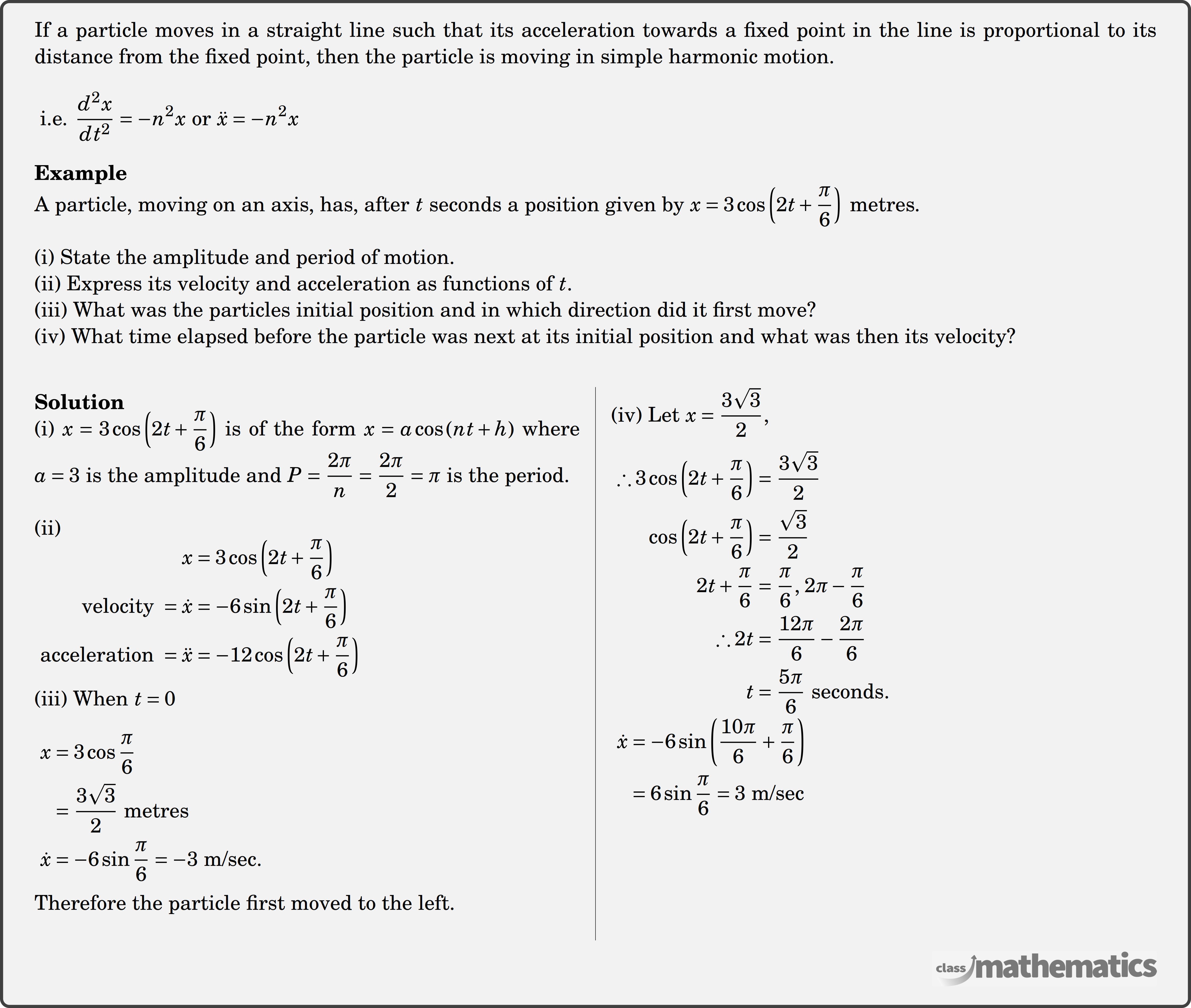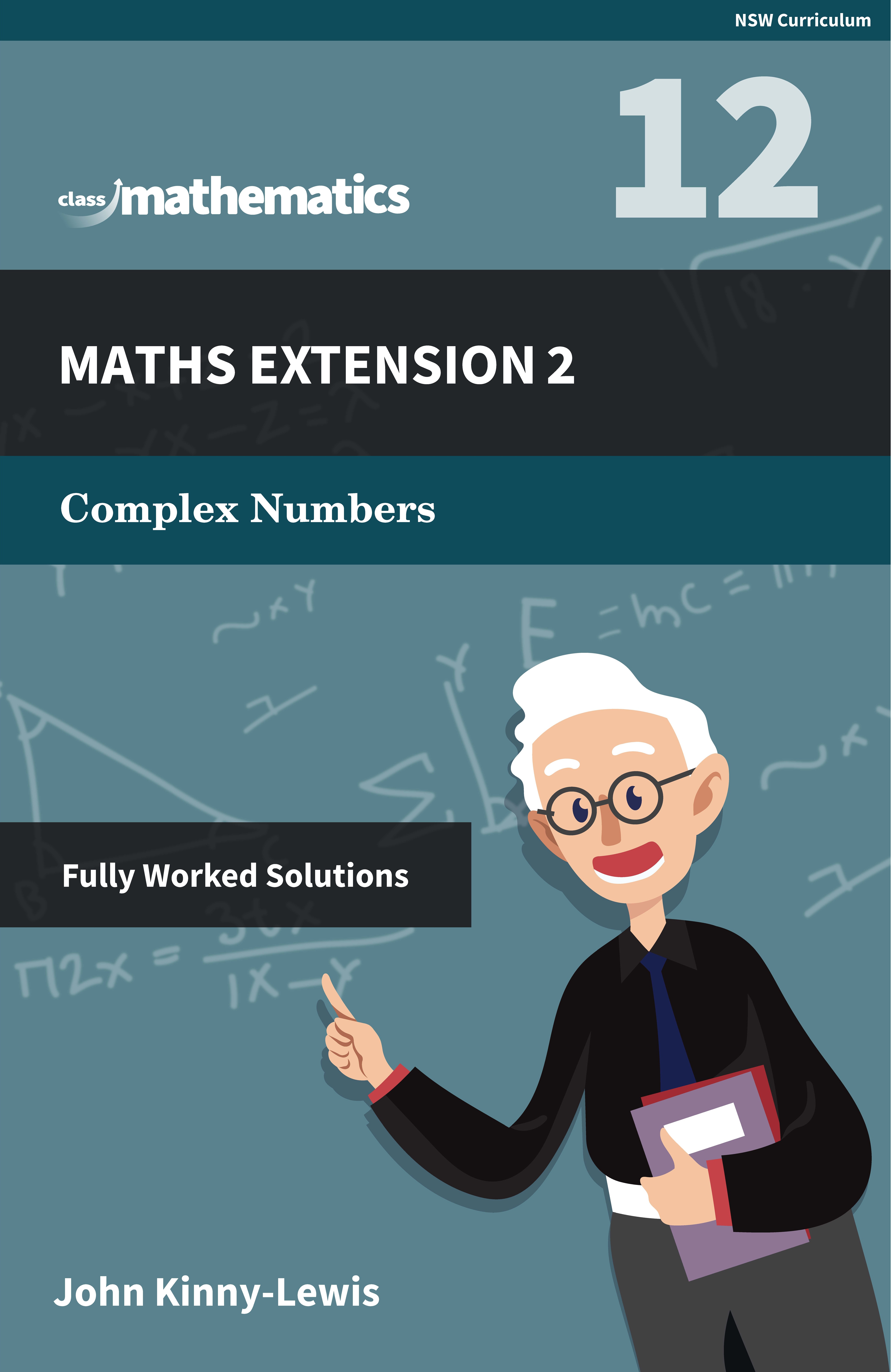Resources for Simple Harmonic Motion (SHM)
-
Questions
12
With Worked SolutionClick Here -
Video Tutorials
2
Click Here -
HSC Questions
15
With Worked SolutionClick Here
Simple Harmonic Motion (SHM) Theory


